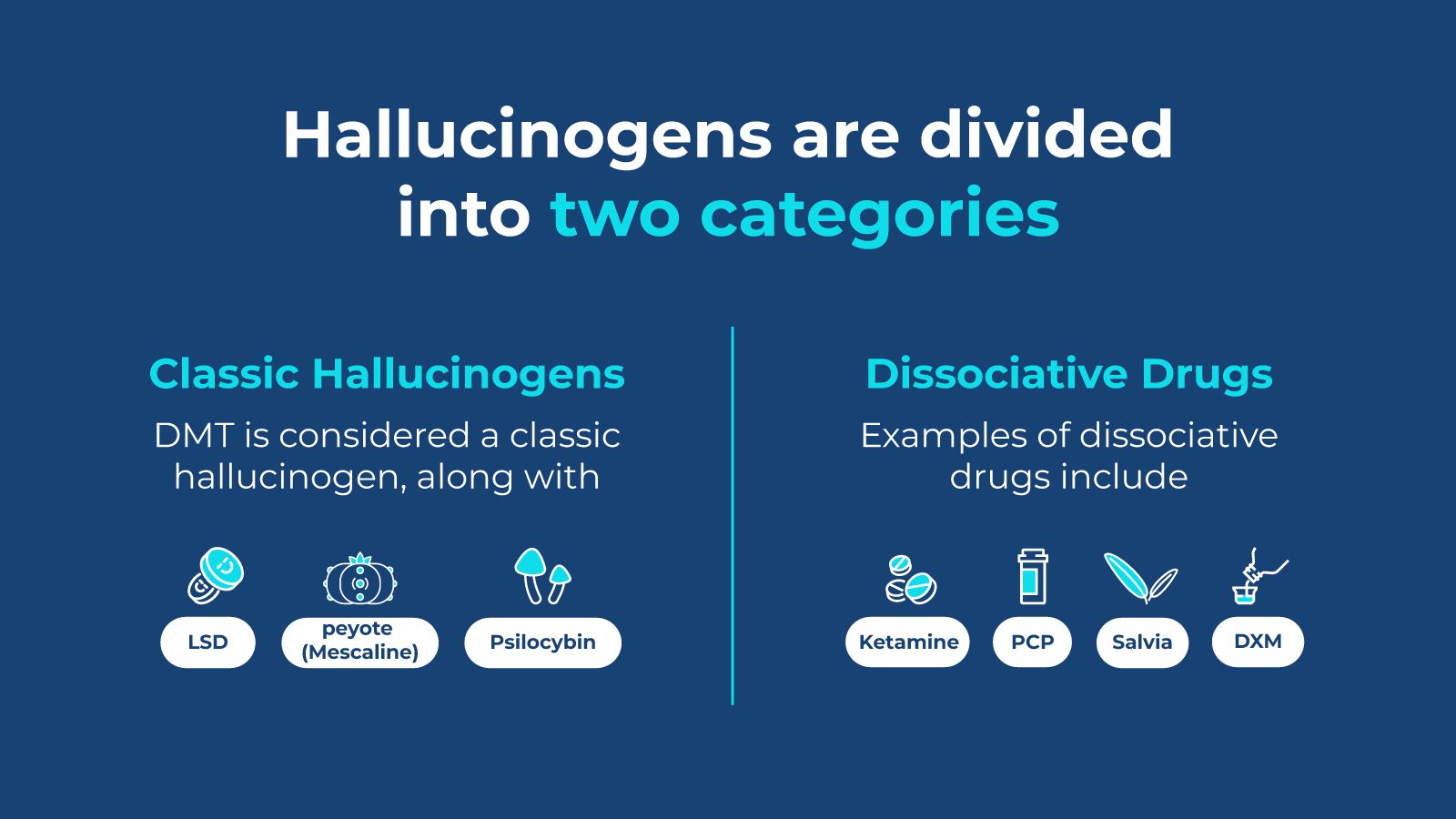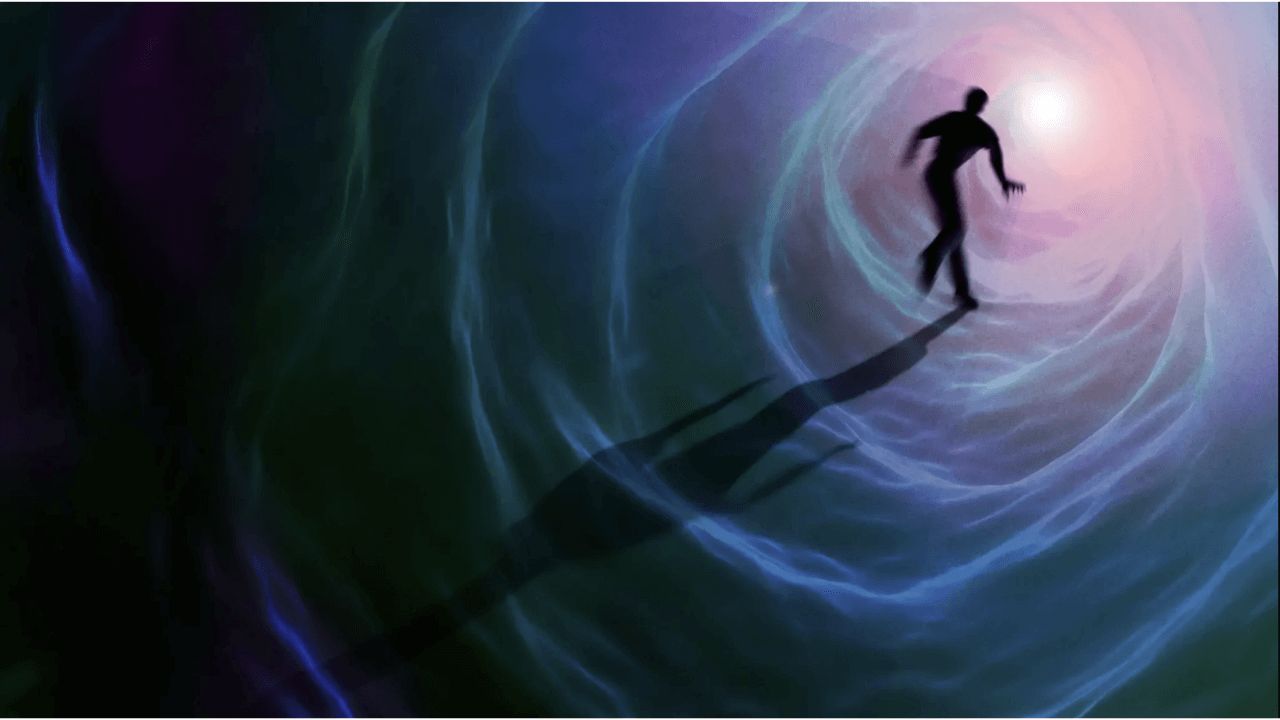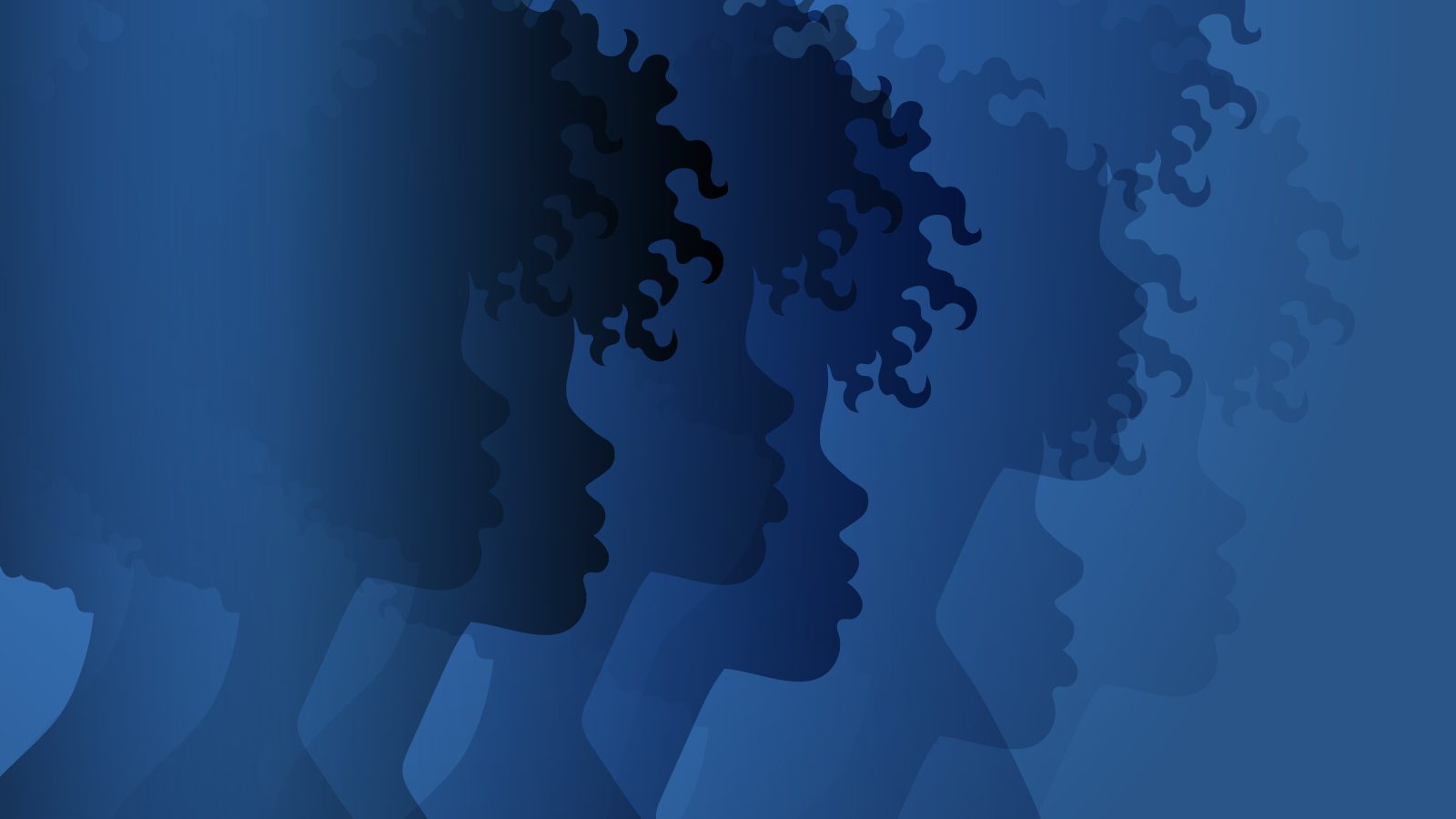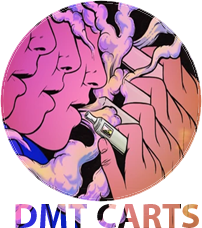DMT Carts and Vape pens
Dmt and Anxiety
dmt and anxiety What Is N, N-Dimethyltryptamine (DMT)?
dmt and anxiety N, N-Dimethyltryptamine is the full chemical name of a drug known as DMT.
Notably, DMT is a hallucinogenic tryptamine derivative that is currently a DEA Schedule I controlled substance.
Schedule I means that this drug has no acceptable medical use. Drugs in this category also have a high chance of being abused. DMT is untested for consumer use and is banned by the FDA.
Firstly, DMT is a psychedelic substance. This indole alkaloid can naturally be found in some plant species in Mexico, South America, and parts of Asia. DMT may also be produced in a lab.
In its pure form, DMT is a white crystalline powder or solid. It can be a yellow, orange, or pink solid when it is not pure. When combined with ayahuasca, it can be a brownish-red liquid.
Some common slang names for dmt and anxiety include; Dimitri, the spirit molecule, businessman’s trip, fantasia, and 45-minute psychosis.
It is often compared to other psychedelic drugs such as; LSD, ketamine, and magic mushrooms.
DMT has been used since ancient times, most commonly in ritual contexts. It has been around for thousands of years as part of South American shamanic ceremonies. For religious purposes, DMT is used to achieve higher spiritual consciousness.
DMT is legal in some countries only for these religious purposes.
Because of the potency and unpredictable nature of DMT, the use of this drug can be dangerous and may affect one’s mental and physical well-being.
The effects of DMT are similar to those of psychedelics like LSD.
Research also suggests that DMT is endogenous, meaning it originates within the body of a living organism.
Secondly, According to the NIH, endogenous hallucinogens like DMT, 5-hydroxy-N, N-dimethyl-tryptamine, and 5-methoxy-N, N-dimethyltryptamine (5-MeO-DMT) are acknowledged as naturally occurring components of the mammalian body.
However, it is difficult to recall what their biological functions are.
DMT and ayahuasca are commonly mistaken for the same thing.
Ayahuasca’s main part is DMT . Ayahuasca contains MAOIs, which prevent enzymes in your body from breaking down DMT which plays a role in its hallucinogenic effects.
DMT causes intense hallucinations.
Hallucinations involve seeing, hearing, smelling, feeling, or even tasting things that are not real. Hallucinations commonly occur in people diagnosed with mental illnesses such as schizophrenia and bipolar disorder.
However, substance use can also cause hallucinations to occur.
Experiences with DMT differ based on the user. Some report excitement, while others feel extremely frightened.
Often, the user will experience mental side effects for days or even weeks after using the drug because of its strength.
What Is The Pharmacology Behind dmt and anxiety ?
DMT works by blocking the action of serotonin in the brain.
Tryptamines refer to a broad class of classical or serotonergic hallucinogens. Serotonergic hallucinogens are drugs that affect serotonin, which is a substance that acts as a neurotransmitter and carries signals throughout your body.
Serotonin regulates mood, digestion, sleep, and other important bodily functions. When serotonin levels in your body are too little or too high, it can negatively affect your mental and physical health.
DMT acts as a non-selective agonist at most or all serotonin receptors, specifically at the 5-ht2a receptor.
Stimulation of this receptor may help induce the hallucinogenic effects of DMT. At the same time, the serotonin produced inhibits both dopamine and adrenaline.
Dopamine is a neurotransmitter that is involved in neurological and physiological functions.
Dopamine plays a role in the brain’s “reward center” and impacts functions such as; memory, movement, mood, attention, and others.
The hallucinogenic effects of DMT differ depending on the way it is taken and the dose of DMT.
Thirdly, When DMT is taken alone, it is usually snorted, smoked, or injected.
The effects of DMT come faster when injected through the vein or muscle, as opposed to taking the drug orally.
When smoked, the effects of DMT may happen immediately. determine of peak effects when smoked.
When consumed as a brew in ayahuasca, the effects may take longer and peak around 2 to 3 hours.
Also, When taken orally, DMT has to be combined with a monoamine oxidase inhibitor (MAOI) to break down. An example of an MAOI is the ayahuasca vine. MAOIs intensify the pharmacological effects of DMT.
Side effects of DMT may include:
- Vivid hallucinations
- Depersonalization
- Distorted sense of time
- Increased/rapid heart rate
- Increased blood pressure
- Chest pain or tightness
- Agitation
- Dizziness
- Pupil dilation
There are also serious risks that can potentially come with taking DMT which includes:
- Persistent psychosis
- Confusion
- Seizures
- Loss of muscle coordination
According to the DEA and American Association of Poison Control data, coma and respiratory arrest have also been associated with dmt and anxiety , especially in higher doses.
Many people who have used DMT have reported that their experience is life-changing. This can include mystical encounters or near-death experiences.
Frontiers in Psychology describe near-death experiences (NDEs) as episodes that occur in association with death or the perception that death is about to come.
According to this scale, the results suggest a strong overlap between DMT AND NDEs.
The use of psychedelic drugs may also cause something called ego death. Ego death refers to momentarily forgetting who you are and what everything is. This can lead to a drastic change in someone’s perception of life.

Is DMT A Hallucinogenic?
Yes, DMT is a hallucinogenic tryptamine drug.
Hallucinogens are widely abused.
According to the Substance Abuse and Mental Health Services Administration, in 2016, about 114,000 adolescents aged 12 to 17 were current users of hallucinogens. Additionally, 668,000 young adults aged 18 to 25 used hallucinogens as well.
DMT is considered a classic hallucinogen, along with LSD, peyote (Mescaline), and Psilocybin. Examples of dissociative drugs include; Ketamine, PCP, Salvia, and DXM.

Hallucinogens refer to drugs that cause hallucinations, which are distortions in a person’s perception of reality.
According to the NIH, Hallucinogens distort the way someone perceives time, color, motion, sense, and self.
People who take hallucinogenic drugs often report intense emotional swings, seeing images, hearing sounds, and feeling things that seem real but are not.
According to SAMHSA, It is also possible for teens to develop an addiction or tolerance to hallucinogens. For example, if a teen uses a hallucinogen regularly, they would need to take more and more every time to feel its effects.
Addiction or tolerance to hallucinogens can lead to risky behavior that may potentially result in injury or death because of an altered perception of reality.
Drug use can have a significant impact on a teen’s developing brain.
Permanent results of repeated drug use in teens can include:
- Lower IQ
- Permanent loss of memory
- Loss of coordination
- Additional mental health disorders
If you suspect a teen or loved one is abusing dmt and anxiety or any other type of substance, it is important to educate yourself and reach out for professional help.

Does DMT Help Depression?
Because DMT is so strong, it can affect both your physical and mental health.
DMT works similarly to antidepressants, targeting the serotonin receptors in the brain.
People who consume large amounts of DMT or take DMT along with antidepressants are at risk for developing serotonin syndrome.
Symptoms of serotonin syndrome may include:
- Anxiety
- Disorientation
- Restlessness
- Excitement
- Tremors
- Rapid heart rate
- Abnormally rapid breathing
- Shivering
- Diarrhea
In addition, Some recent studies may suggest that DMT may be effective as a depression treatment. According to Pharmaceuticals, more research is needed to determine whether DMT is a safe and effective treatment for depression.
Dr. Rick Strassman is currently a Clinical Associate Professor of Psychiatry at the University of New Mexico School of Medicine. His research involved DMT and was led to this substance by studying the pineal gland as a potential biological point for spiritual experiences.
How Does DMT Affect Anxiety?
DMT and hallucinogens may trigger people with existing mental health problems
Because of its significant effect on the brain and its chemistry, DMT can worsen anxiety, depression, and other mental health conditions.
It can intensify the symptoms that come along with anxiety, such as; rapid breathing, feeling nervous, panicking, or having trouble thinking about anything other than what you are currently worrying about.
Because it is hallucinogenic, the user may also experience a “bad trip.” This can include uncontrollable vivid hallucinations and experiencing terrifying visuals. Those who already have mental health problems are more at risk of experiencing a “bad trip.”
On the contrary, there is a discussion about the use and safety of DMT and psychedelics as a treatment for mental health disorders like anxiety and depression.
More research is needed to determine the effectiveness, risks, and safety of DMT as a treatment.

Are Psychedelics Legal?
Psychedelics fall into the Schedule I category making it illegal to make, buy, possess, distribute, or consume.
More recently, some cities in the U.S. are decriminalizing DMT; however, it is still illegal under state and federal law.
Psychedelics fall in the Schedule I category because they have a high potential for abuse and no accepted medical use.
Possession of DMT can lead to legal consequences, including prison or fines.
Additionally, similar to drunk driving, driving under the influence of drugs is also illegal and dangerous. Not only can it lead to legal consequences, but it can also have fatal consequences.
What Are Other Types Of Psychedelics?
Psychedelics are a class of psychoactive substances that alter perception, mood, and cognitive processes.
Other types of psychedelics include:
- LSD
- Ayahuasca
- Psilocybin
- Ecstasy
- Mescaline
What Is LSD?
LSD stands for lysergic acid diethylamide.
Like DMT, LSD is a hallucinogen that has a high potential for abuse and has no currently accepted medical use in the United States.
LSD is a synthetic drug, meaning it is man-made.
When taking LSD, users may experience extreme visual changes and mood changes. It can also create a distorted perception of time and depth along with the shape of objects, colors, sounds, movements, and even body image.
Other physical effects of taking LSD may include:
- Dilated pupils
- Increased body temperature
- Increased heart rate and blood pressure
- Sweating
- Dry mouth
- Loss of appetite
- Tremors
The effects of LSD depend on the user; what environment they are in, their personality, their mood, and expectations. The use of LSD can lead to terrifying thoughts and fears and create flashbacks that occur even after someone takes the drug.
According to MedlinePlus, LSD can also lead to mental health problems such as anxiety, depression, and schizophrenia.
LSD alters the user’s mind and affects the central nervous system. It affects the brain’s chemical serotonin, which helps control behavior, mood, senses, and thinking.

What Is Ayahuasca?
Ayahuasca is a psychoactive brew made from the leaves of Psychotria Viridis and the stalks of Banisteriopsis caapi.
Certainly, The Banisteriopsis caapi vine contains potent MAOI’s called harmine, with is a beta-carbolize and harmala alkaloid. This reduces the breakdown of DMT and may impact its psychoactive effects.
The Psychotria Viridis plant contains DMT, which causes hallucinogenic effects.
Ayahuasca itself is not a hallucinogen; the DMT in it is.
Ancient Amazonian tribes used this brew for spiritual and religious purposes.
People may use ayahuasca to create a psychedelic experience.
Traditionally, it was used by shamans as a ritual.
As such, Some people try mind-altering substances like ayahuasca to try and overcome their fears and go deeper into their minds.
Many of the effects of ayahuasca are psychological.
The effects of ayahuasca may include:
- Euphoric feelings
- Hallucinations
- Extreme fear
- Paranoia
- Gastrointestinal symptoms such as vomiting and diarrhea
There is no way to predict how someone will react to the use of ayahuasca.
The effects of DMT last longer when consumed in an ayahuasca tea because it is absorbed through your stomach lining.
According to Frontiers in Pharmacology, research may suggest that ayahuasca can be helpful for people struggling with PTSD and healing traumatic memories. However, because of limited research, safety and effectiveness are still in question.

What Is DMT Music?
Some people who use hallucinogens include music listening with the expectation that the music will help provide a better experience.
Some believe that music may help create a more spiritual experience as well.
There is no specific selection of music that is meant or certain experiences with hallucinogens. The type of music listened to differs from person to person.
Traditionally, ayahuasca is used during shamanic rituals and ceremonies. During these ceremonies, the shamans would use various instruments like drums or pipes.
More recently, electronic dance music (EDM) festivals are growing in popularity among young adults.
Novel psychoactive substances are newly available drugs, including synthesized hallucinogens.
Examples of NPSs may include; mitragynine, synthetic cannabinoids, dimethyltryptamine and novel serotonergic hallucinogens, and ketamine and novel dissociative drugs.
NPSs differ from classic psychedelics because they lack the history of human use and research that investigates their safety.
People who take these drugs at festivals may hope to enhance their music appreciation and overall experience.
According to a study done by Forensic Science International, approximately 75% of the population included in the sample tested positive for at least one biological specimen for drugs or alcohol.
The use of drugs in settings like this can be dangerous and result in adverse events and fatalities.
Hallucinogens are unpredictable, and the use of them in unfamiliar or overstimulating settings can put someone more at risk of a “bad trip” and other negative health effects.
Especially for young people and the developing brain, the use of drugs can cause serious permanent damage to one’s mental and physical well-being.
Thus, DMT is a potent hallucinogenic substance. Because of this, the use of DMT can be dangerous and unpredictable. Sandstone Care is here to support teens and young adults with substance abuse and mental health disorders.
